
Water treatment standards are intended to evaluate products for the removal of contaminants and substances from the drinking water that can be harmful for human consumption. Therefore, it is crucial that the performance and testing requirements are evaluated to acceptable consensus standards.
The Code
The 2021 Uniform Plumbing Code® (UPC®) requires that water treatment units comply with the applicable ASSE, IAPMO and NSF International standards. Alkaline water treatment devices shall comply with IAPMO IGC 322; scale reduction devices shall comply with IAPMO Z601; and Table 611.1 lists various NSF and ASSE standards that are used to evaluate point-of-use, point-of-entry and commercial water treatment equipment. One common standard that is applicable to all the various types of commercial systems is ASSE 1087. Table 611.1 of the UPC states that any water treatment unit used in a commercial building falls under ASSE 1087.
Section 1.2.1 of ASSE 1087 states that: Plumbed water treatment units include any device or component, point-of-entry and point-of-use, that is used in a building to improve the quality of the water. This standard covers all water treatment products that are connected to the building’s potable water plumbing system. This standard is not intended to cover water treatment products used for process water or wastewater applications. Examples of water treatment equipment include deionizers, filters, softeners, reverse osmosis assemblies, ultra-violet systems, ozone systems, and distillers.
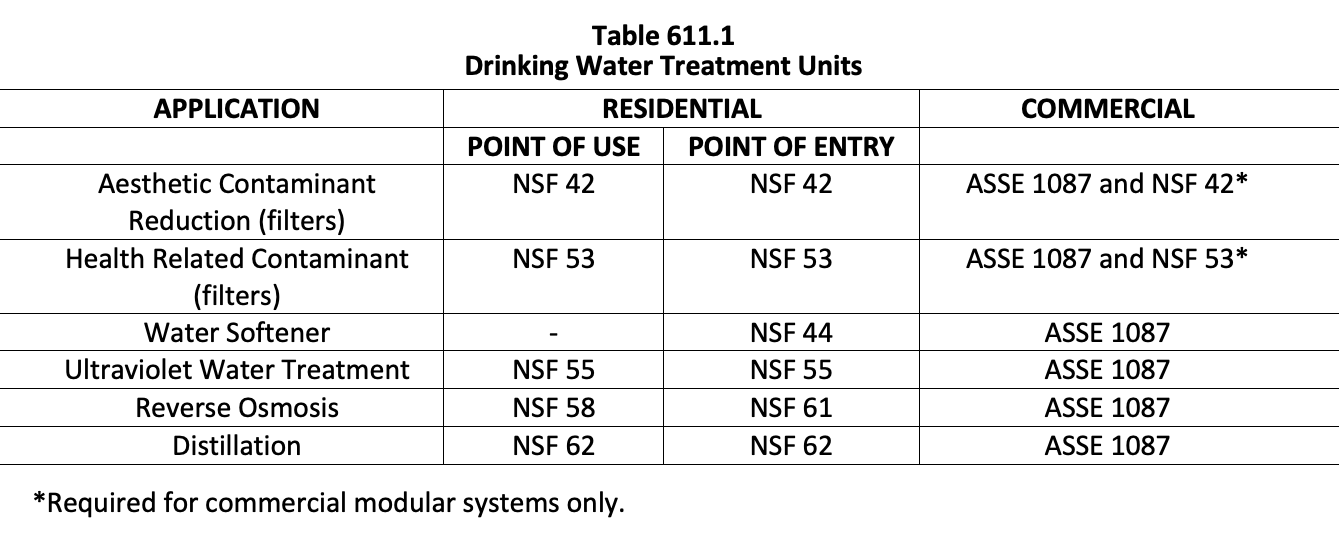
It is apparent that compliance to NSF 61 is necessary for reverse osmosis applications.
This is the case for all systems intended to supply drinking water as stipulated in Section 604.1 of the UPC. ASSE has since published LEC 2006 for point-of-entry reverse osmosis (RO) systems. ASSE LEC 2006 covers contaminant reduction for point-of-entry (POE) RO systems used to treat drinking water. RO water treatment equipment reduces the total dissolved solids, heavy metals, microbes, inorganics, and organic water contaminants. POE ROs are typically installed after the water meter in residences or businesses.
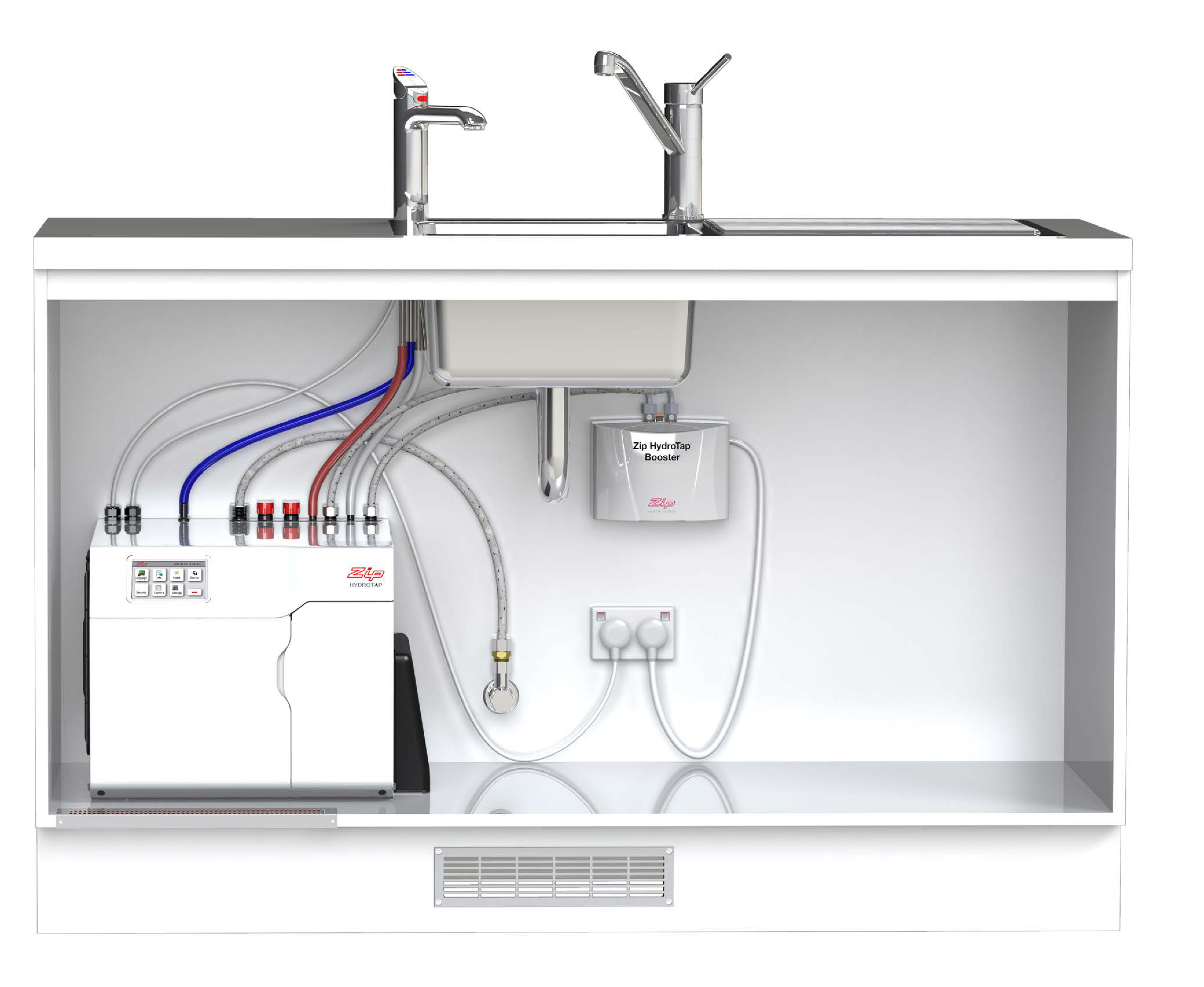
Standards Development
IAPMO’s national standards are developed via an open consensus process and approved by the respective standards committee. These standards go through a rigorous development process that focuses on protecting the public. IAPMO is constantly addressing the needs of the industry with the creation of its consensus performance-based standards, such as ASSE 1087 and ASSE 1090, efficiency rated such as the ASSE 1086 for RO systems, IAPMO Z601 for scale reduction, or IAPMO IGC 322 for alkaline water.
IAPMO Z601 (Scale Reduction) and IAPMO IGC 322 (Alkaline Water)
Two standards added to the 2021 UPC are the IAPMO Z601 for scale reduction and IAPMO IGC 322 for alkaline water, as shown below in Section 611.1.1 and Section 611.1.2, respectively:
611.1.1 Alkaline Water Treatment. Alkaline water treatment devices shall comply with IAPMO IGC 322.
611.1.2 Scale Reduction Devices. Scale reduction devices shall comply with IAPMO Z601.
There is a health trend in the market for drinking alkaline water — water with a pH above 7.0. There are many claimed health benefits, including neutralizing stomach acid and increasing oxygen levels in the blood. These water treatment products have not had any formal procedures in order to ensure their claims of effectiveness with regard to the level of alkalinity. Note that the goal is not to make health claims regarding positive health benefits, only that the products dispense alkaline water for safe consumption resulting in nondetrimental effects to health. IAPMO IGC 322 gives the output performance requirements for flow rate and oxidation reduction potential at given pH levels.
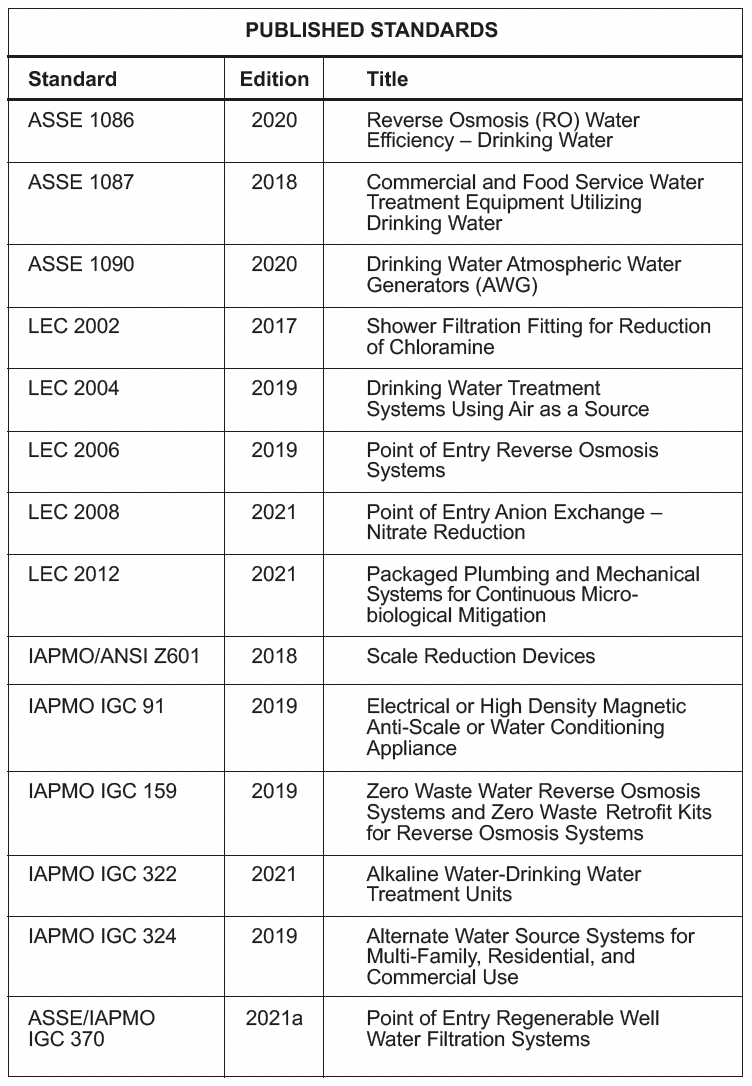
The IAPMO Z601 standard gives the performance criteria for any scale reduction
device intended for tank-type and tankless water heaters, as well as ion exchangers. It covers material safety, structural integrity, and various safety requirements. Products are being installed today in plumbing systems that have not been tested for scale reduction performance or safety. IAPMO Z601 fills that gap, ensuring products being installed will perform as marketed and meet minimum standard requirements for health and safety.
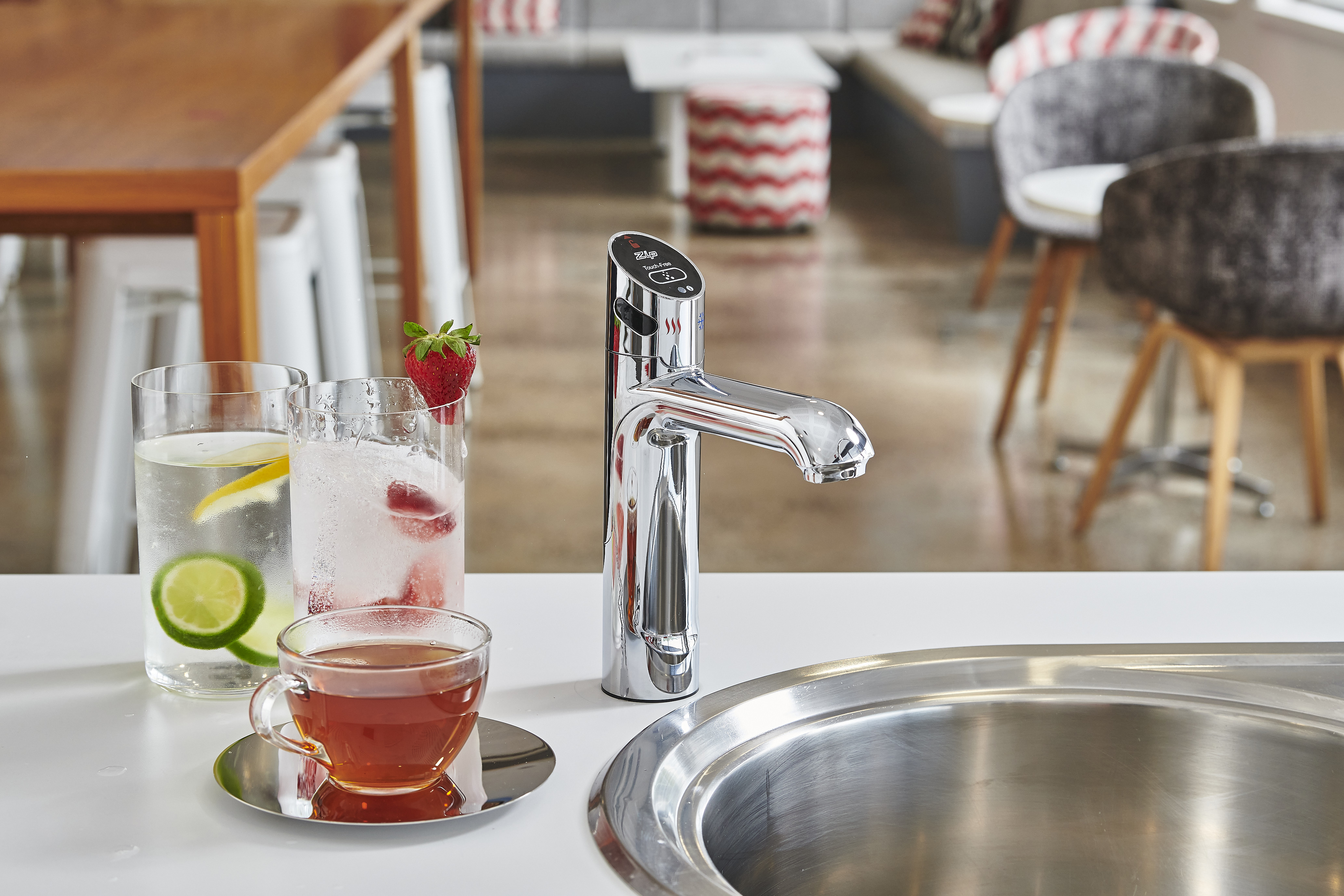
As technology rapidly improves, the IAPMO Codes and Standards department standards meet the needs of the industry. The customer and progressive services offered by IAPMO Standards Department are, by far, the best in the industry.
The Published Standards table shown on the left, lists those water treatment standards published for the various applications. The Standards in Queued table displayed on the following page, lists water treatment standards under development. One of the published standards that stands out is the IAPMO IGC 324 for alternate water source systems for multi-family, residential and commercial use.
There are many installation requirements for rainwater catchment systems, such as Chapter 15 of the UPC for nonpotable applications and Appendix K for potable water applications; the IAPMO IGC 324 can be used to evaluate the products used for such applications.
The IAPMO IGC 324 standard utilizes the log reduction method approach, which is essential for areas where drought is an issue such as California. This standard covers alternate water source systems for multi-family, residential, and commercial use intended to process water from alternate water sources such as greywater, rainwater, stormwater, air conditioning condensate, cooling tower makeup, vehicle wash and other nonpotable reuse applications not specifically listed, for use in subsurface and/ or surface irrigation and toilet/urinal flushing applications, and specifies requirements for materials, physical characteristics, performance testing, and markings. This standard does not cover using blackwater as an alternate water source.
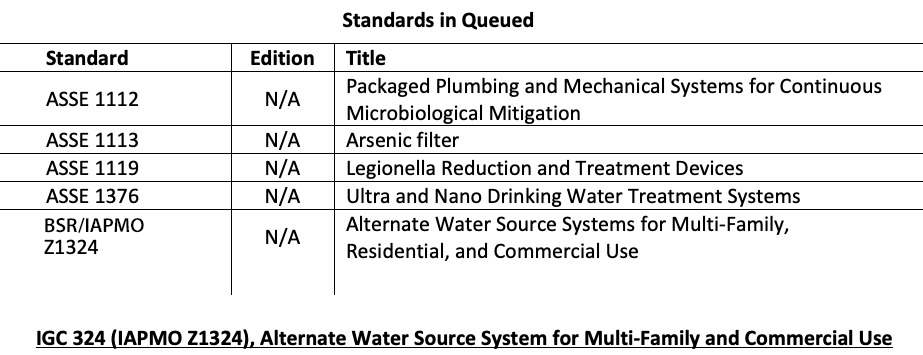
The log reduction values in the IGC 324 standard for pathogens can be used to evaluate these systems. It is recognized by the 2020 Water Efficiency and Sanitation Standard (WE•Stand) and accepted by various jurisdictions. It focuses on public safety using log reduction for bacteria and viruses as the criteria for listing and aesthetic effects for the end user. It also provides guidelines for scalability as a reasonable and verifiable method that ensures public safety. The basis for testing is similar to that utilized by the San Francisco Public Health Department. The standard provides a detailed test plan for commercial systems in the field.
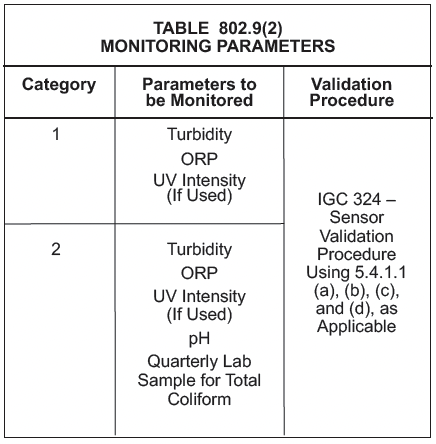
The 2020 WE•Stand requires IAPMO IGC 324 for onsite stormwater treatment systems as a monitoring parameter for turbidity, oxidation reduction potential (ORP), and ultraviolet (UV) intensity [please see Table 802.9(2)].
Industry Involvement
IAPMO is continuously looking for experts to participate in its standards development process. We are looking to serve the industry because our codes and standards are generated by the industry, for the industry.
If you are looking to get involved in standards development, please send us an email at standards@iapmostandards.org to learn how to get involved. You can also email us to receive more information on the water treatment standards mentioned above. For your water treatment needs, IAPMO can create a standard if a standard does not exist or can provide guidance on the best approach to get your product certified by a reputable third-party certifier.

Hugo Aguilar, P.E.
Last modified: May 8, 2024
